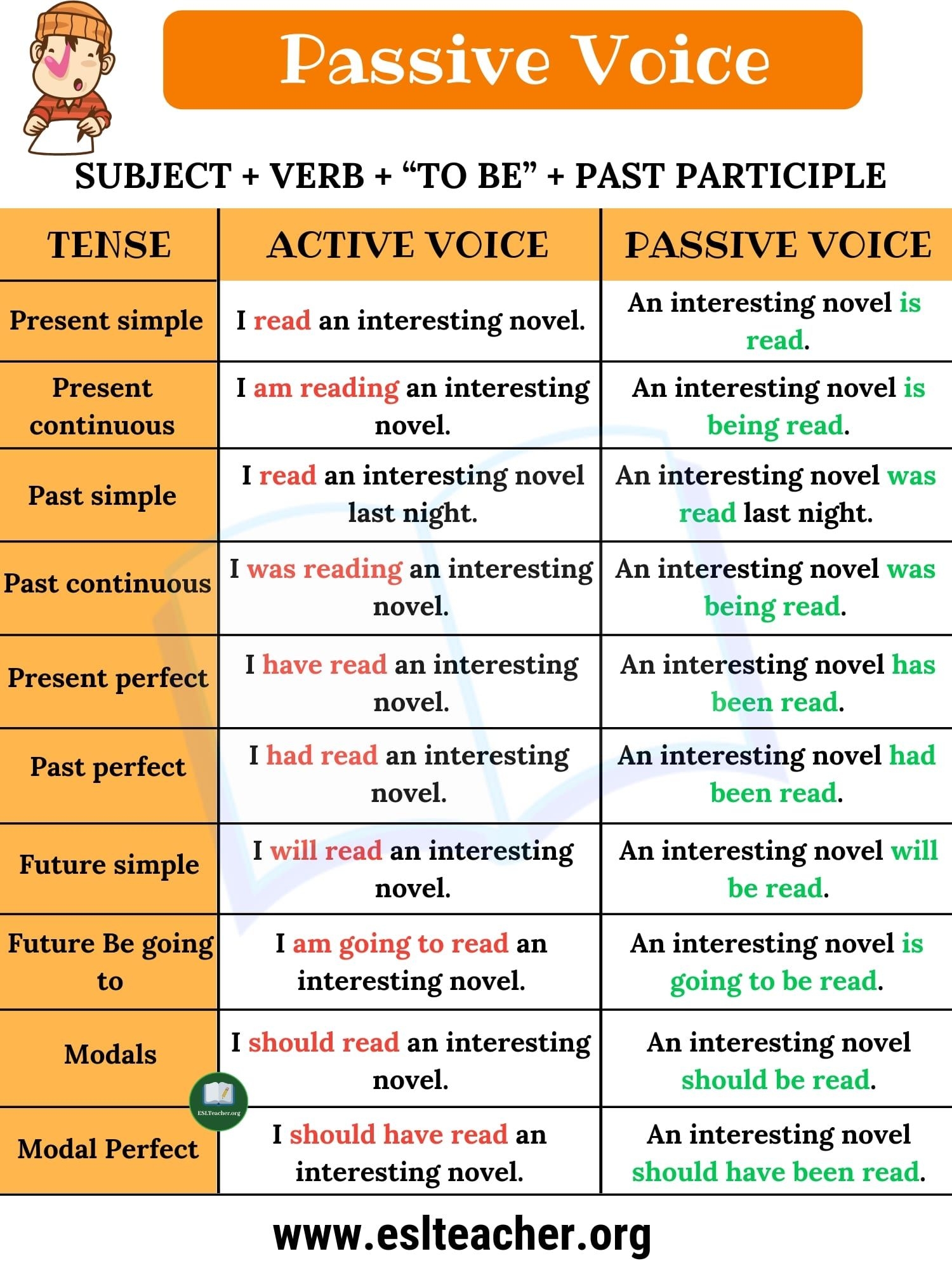In English grammar, sentences can be structured in two main ways: active voice and passive voice. While active voice emphasizes the doer of the action, passive voice focuses on the receiver of the action. Passive sentences are constructed by using a form of “to be” along with the past participle of the main verb. Understanding how to use passive sentences can enhance your writing and communication skills.
1. The cake was baked by Mary. (Active: Mary baked the cake.)
2. The report will be submitted by the team tomorrow. (Active: The team will submit the report tomorrow.)
3. The project has been completed by the dedicated team members. (Active: The dedicated team members completed the project.)
4. The book was written by the famous author. (Active: The famous author wrote the book.)
5. The house was painted by the skilled painters. (Active: The skilled painters painted the house.)
Using passive sentences can be effective in certain situations, such as when the doer of the action is unknown or when the focus is on the action itself rather than the doer. It can also add variety to your writing and make it more engaging for the reader. However, overusing passive sentences can make your writing sound dull and less dynamic.
When using passive sentences, it’s important to make sure that the subject of the sentence is still clear and that the meaning is not ambiguous. Passive sentences can sometimes lead to confusion if not used properly. It’s also essential to vary the sentence structure in your writing to maintain reader interest and flow.
While active voice is generally preferred for its clarity and directness, passive voice can be a useful tool in certain contexts. By understanding how to use passive sentences effectively, you can improve the overall quality of your writing and convey your ideas more effectively to your audience.
In conclusion, passive sentences are a valuable tool in the English language that can add variety and depth to your writing. By incorporating passive sentences into your writing, you can enhance the flow and readability of your work. Remember to use passive sentences judiciously and ensure that they contribute to the clarity and effectiveness of your writing.
